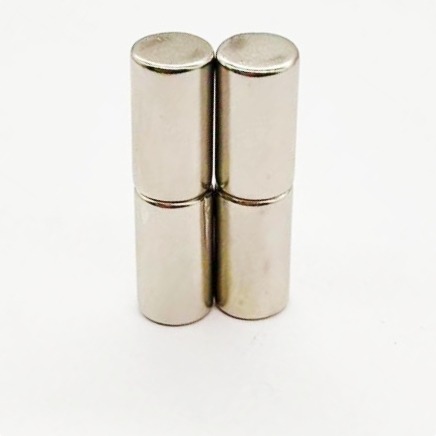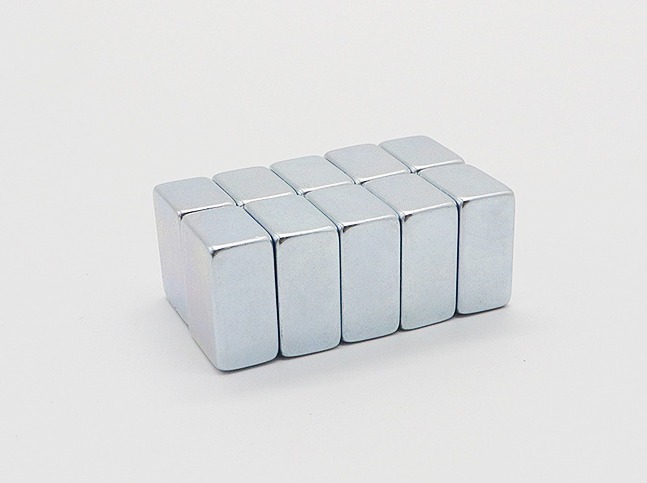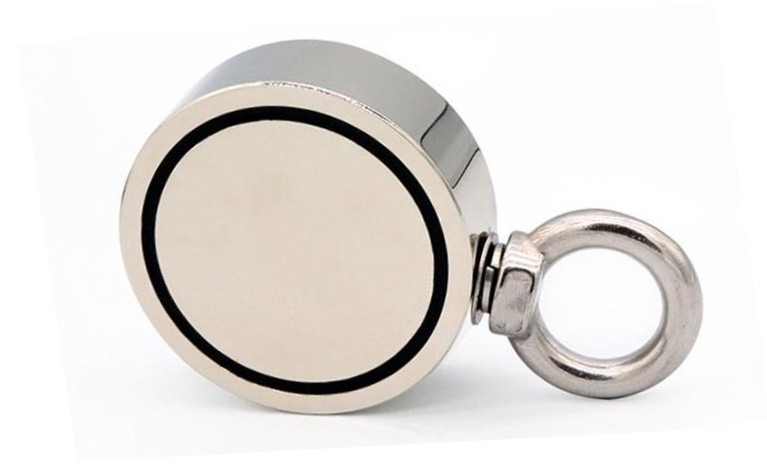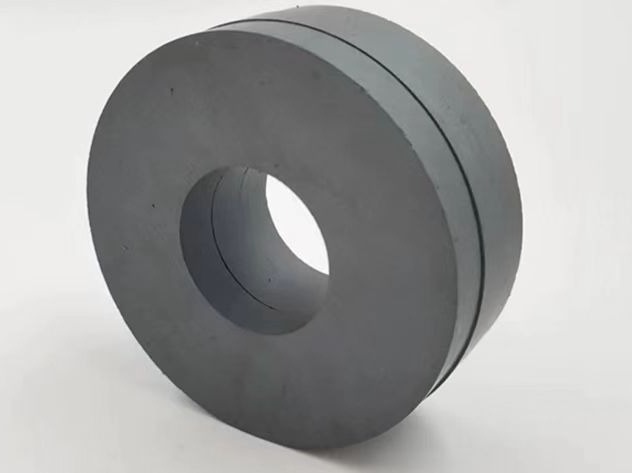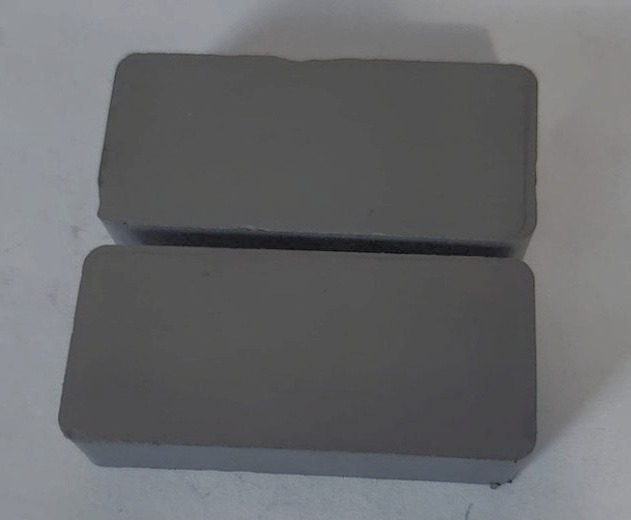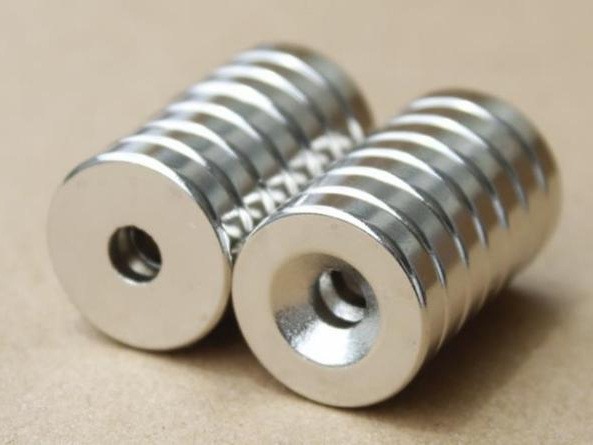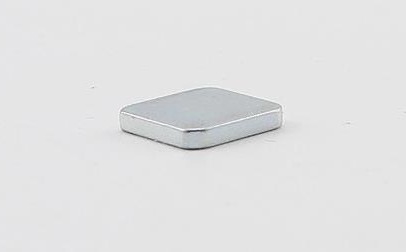What Are The Differences Among Neodymium Disc Magnets, Ceramic Magnets and Alnico Magnets?
Permanent magnets are a vital component in a wide range of applications, from consumer electronics to renewable energy technologies. However, not all magnets are created equal. Neodymium disc magnets, ceramic magnets, and alnico magnets are three of the most common types of permanent magnets, each with their own unique properties and characteristics. In this article, we’ll explore the differences among neodymium disc magnets and ceramic magnets and alnico magnets, and how they compare in terms of magnetic strength, temperature stability, corrosion resistance, cost, and more.
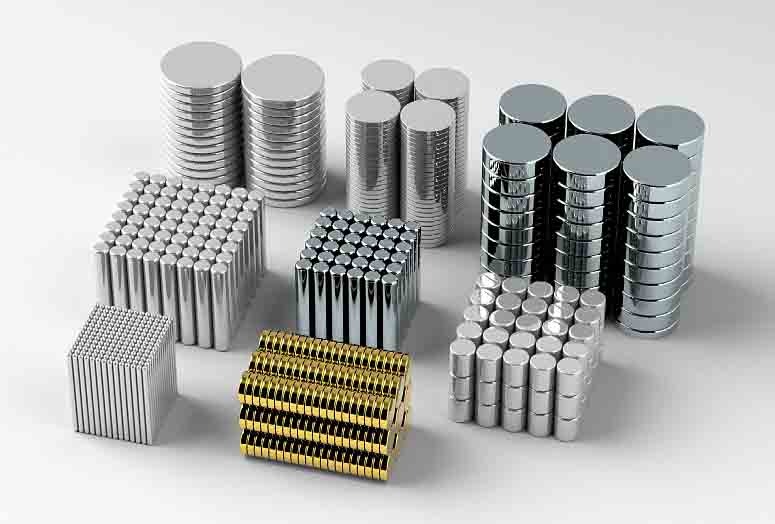
Magnetic Strength Difference among Neodymium Disc Magnets, Ceramic Magnets and Alnico Magnets
One of the key differences between neodymium disc magnets and ceramic or alnico magnets is their magnetic strength. Neodymium disc magnets are made from a rare-earth element called neodymium and are known for their exceptionally strong magnetic field. They are typically the strongest type of permanent magnet available, with a magnetic strength that can be up to ten times greater than ceramic or alnico magnets. This makes them ideal for applications where high magnetic strength is critical, such as in motors, sensors, and medical devices.
Ceramic magnets, also known as ferrite magnets, are made from a mixture of iron oxide and barium or strontium carbonate. They are less expensive than neodymium magnets but have a lower magnetic strength. Ceramic magnets are typically used in low-cost applications where the magnetic force required is relatively low, such as in refrigerator magnets or speaker magnets.
Alnico magnets are made from a combination of aluminum, nickel, and cobalt, and have a strong magnetic field. They are often used in applications that require a high temperature stability, as they can withstand temperatures up to 550°C. However, alnico magnets are weaker than neodymium magnets and are not suitable for high-performance applications that require a strong magnetic field.
Size and Shape Differences among Neodymium Disc Magnets, Ceramic Magnets and Alnico Magnets
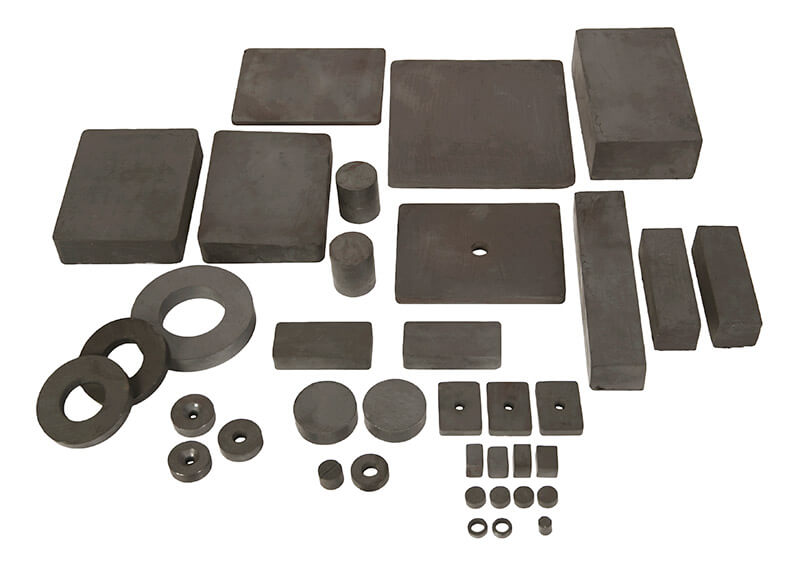
Neodymium disc magnets are available in a wide range of sizes and shapes, including discs, cylinders, rings, and blocks. This makes them more versatile than ceramic or alnico magnets, which are typically available in more limited sizes and shapes. Neodymium magnets are commonly used in applications that require small size and high magnetic strength, such as in computer hard drives or medical implants.
Ceramic magnets are also available in various shapes, but their sizes are generally limited to smaller dimensions. Alnico magnets can be made into a variety of shapes, but are typically used in larger sizes due to their lower magnetic strength.
Temperature Stability Difference among Neodymium Disc Magnets, Ceramic Magnets and Alnico Magnets
The maximum operating temperature of a magnet is an important factor to consider in applications that involve high temperatures. Neodymium disc magnets have a relatively low maximum operating temperature, typically around 80-200°C, depending on the grade of magnet. Ceramic magnets can operate at higher temperatures, up to around 450°C, but their magnetic strength decreases rapidly as the temperature rises. Alnico magnets have the highest maximum operating temperature, up to around 550°C, and retain their magnetic strength at high temperatures.
Corrosion Resistance Difference among Neodymium Disc Magnets, Ceramic Magnets and Alnico Magnets
Neodymium disc magnets are prone to corrosion and can quickly degrade in harsh or wet environments. Ceramic magnets are generally more corrosion-resistant than neodymium magnets, but can still corrode over time. Alnico magnets are the most corrosion-resistant of the three types, as they are made from materials that are less susceptible to rust or oxidation.
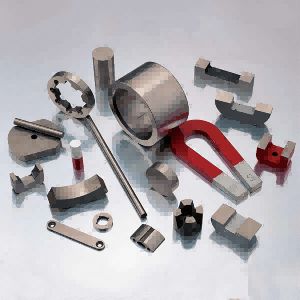
Cost Difference among Neodymium Disc Magnets, Ceramic Magnets and Alnico Magnets
The cost of a magnet can vary widely depending on its type and size. Neodymium disc magnets are generally more expensive than ceramic or alnico magnets, due to the higher cost of the raw materials and production process. However, neodymium magnets offer a higher strength-to-weight ratio, which can make them a more cost-effective solution in applications that require a strong magnetic field in a small size. Ceramic and alnico magnets may be more cost-effective for low-performance applications that do not require a strong magnetic field or high-temperature stability.
In conclusion, each type of permanent magnet has its own unique properties and characteristics that make it suitable for different applications. Neodymium disc magnets offer the highest magnetic strength and are ideal for high-performance applications that require a small size, while ceramic and alnico magnets are better suited for low-performance applications that require high-temperature stability or corrosion resistance. Understanding the differences between these magnets can help engineers and designers choose the right magnet for their specific application, ensuring optimal performance and cost-effectiveness.

